Organizational Change Management Analysis: Amazon's Cultural Shifts
VerifiedAdded on 2022/10/15
|5
|827
|13
Report
AI Summary
This report examines organizational change management within Amazon, focusing on its cultural elements and strategic approaches. The analysis begins with an overview of Edgar Schein's organizational culture model, particularly emphasizing the basic assumptions that underpin Amazon's operations, such as teamwork, innovation, and customer experience. It explores how these unconscious assumptions shape the company's culture and influence employee behavior. The report then delves into the practical application of Schein's model by discussing the primary and secondary embedding mechanisms Amazon employs to manage and adapt its organizational culture. Primary mechanisms include leadership actions in recruitment, empowerment, and resource allocation, while secondary mechanisms encompass the use of mission, vision, rituals, and architecture to reinforce cultural values. The conclusion highlights the importance of a flexible and well-managed organizational culture for Amazon's continued success, recommending the effective integration of Schein's model to facilitate desired cultural changes and change management.
1 out of 5
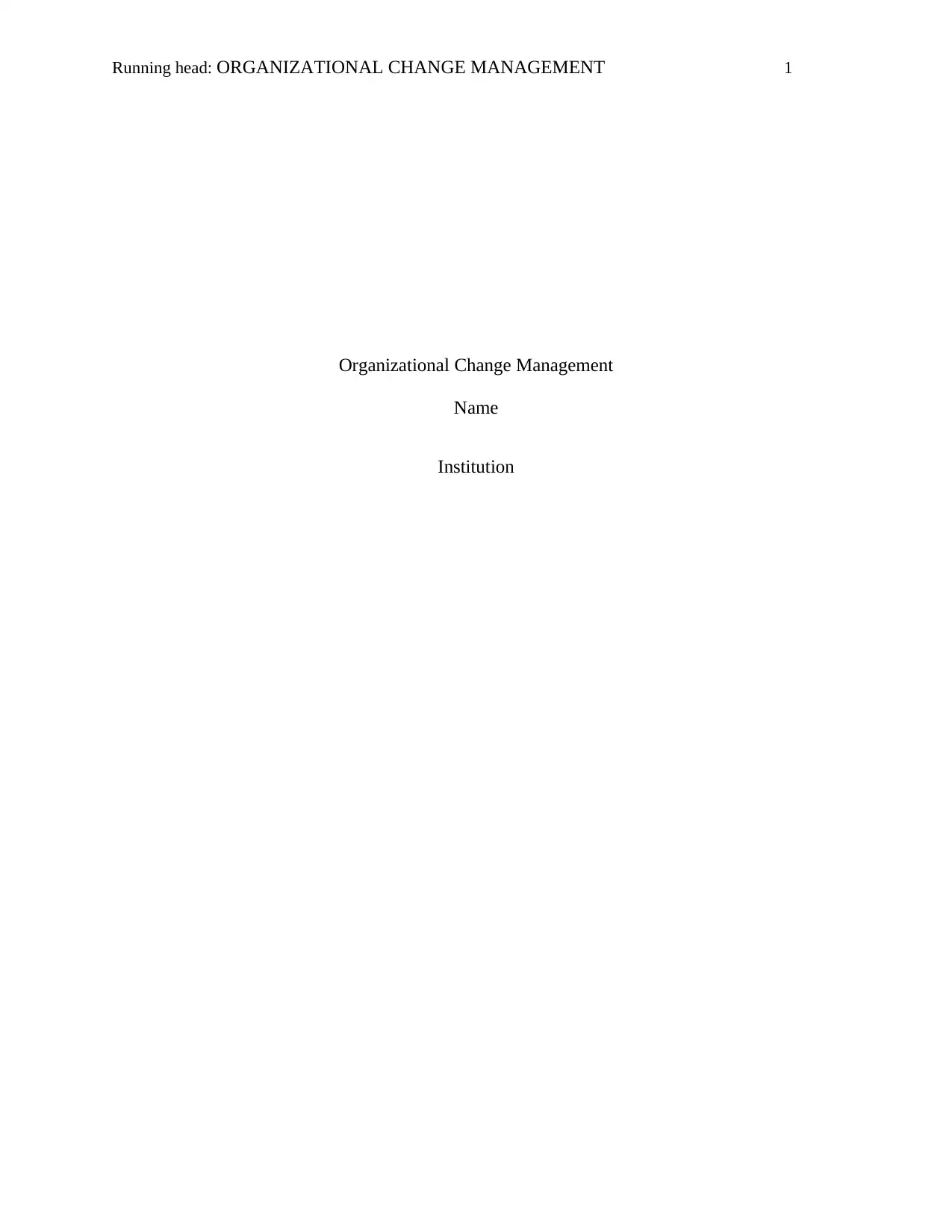
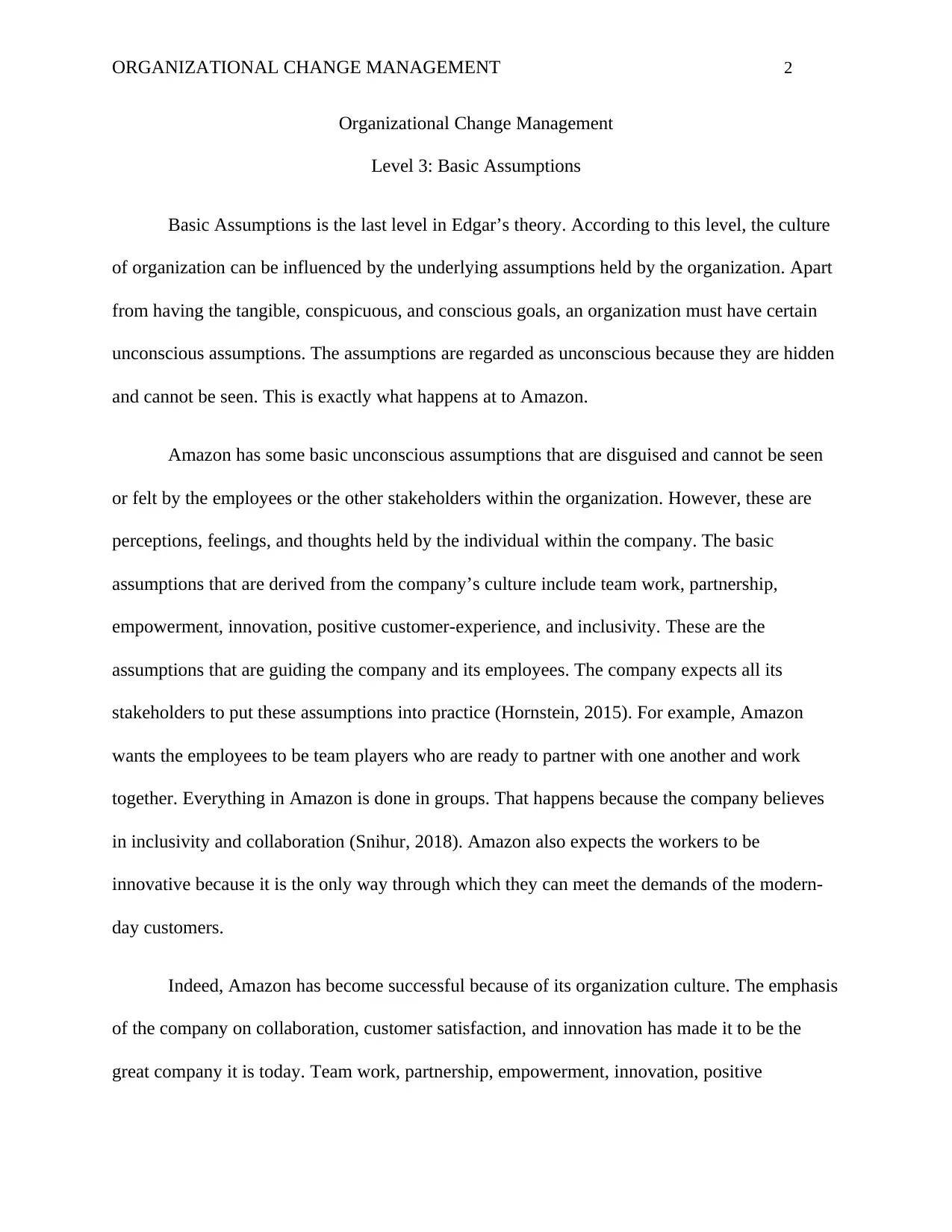
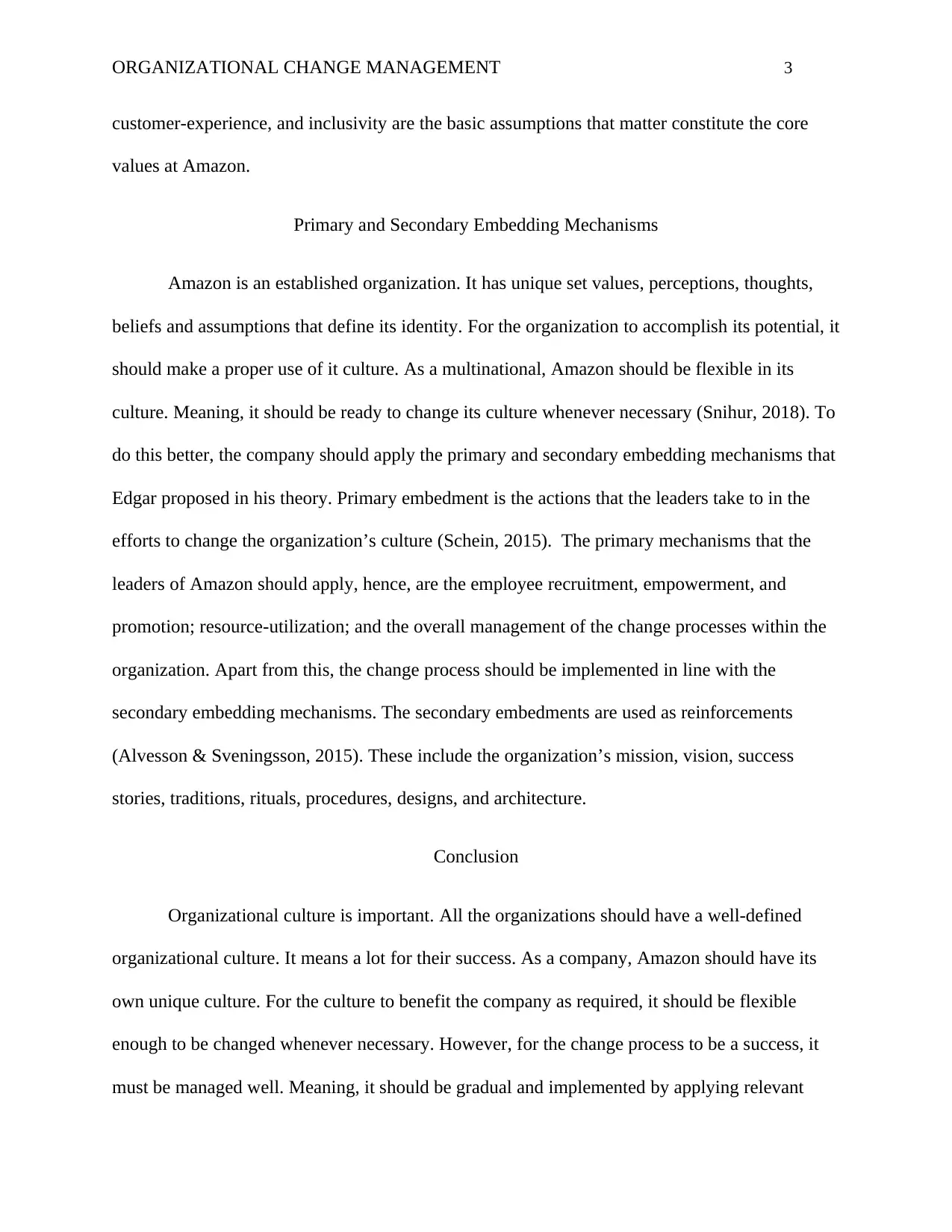

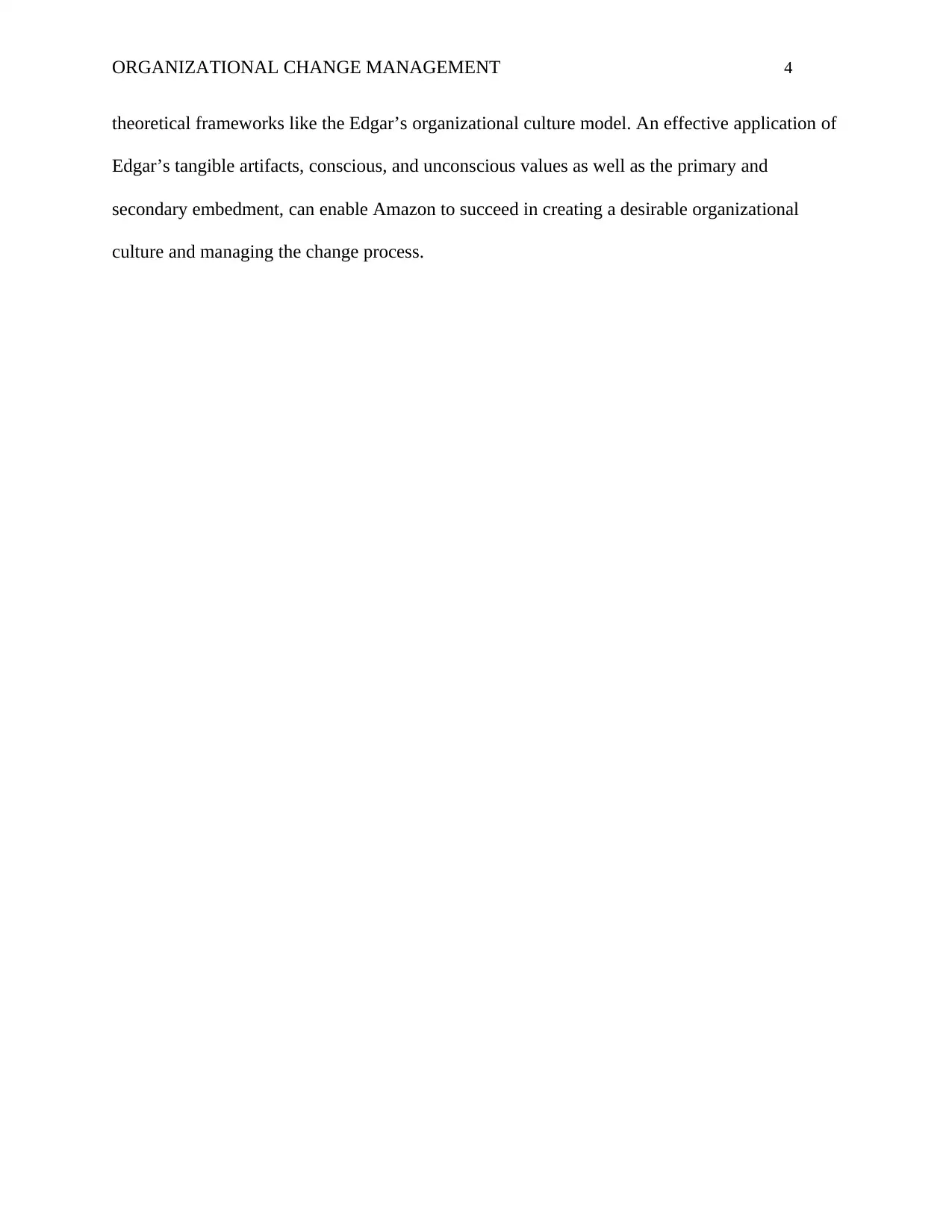
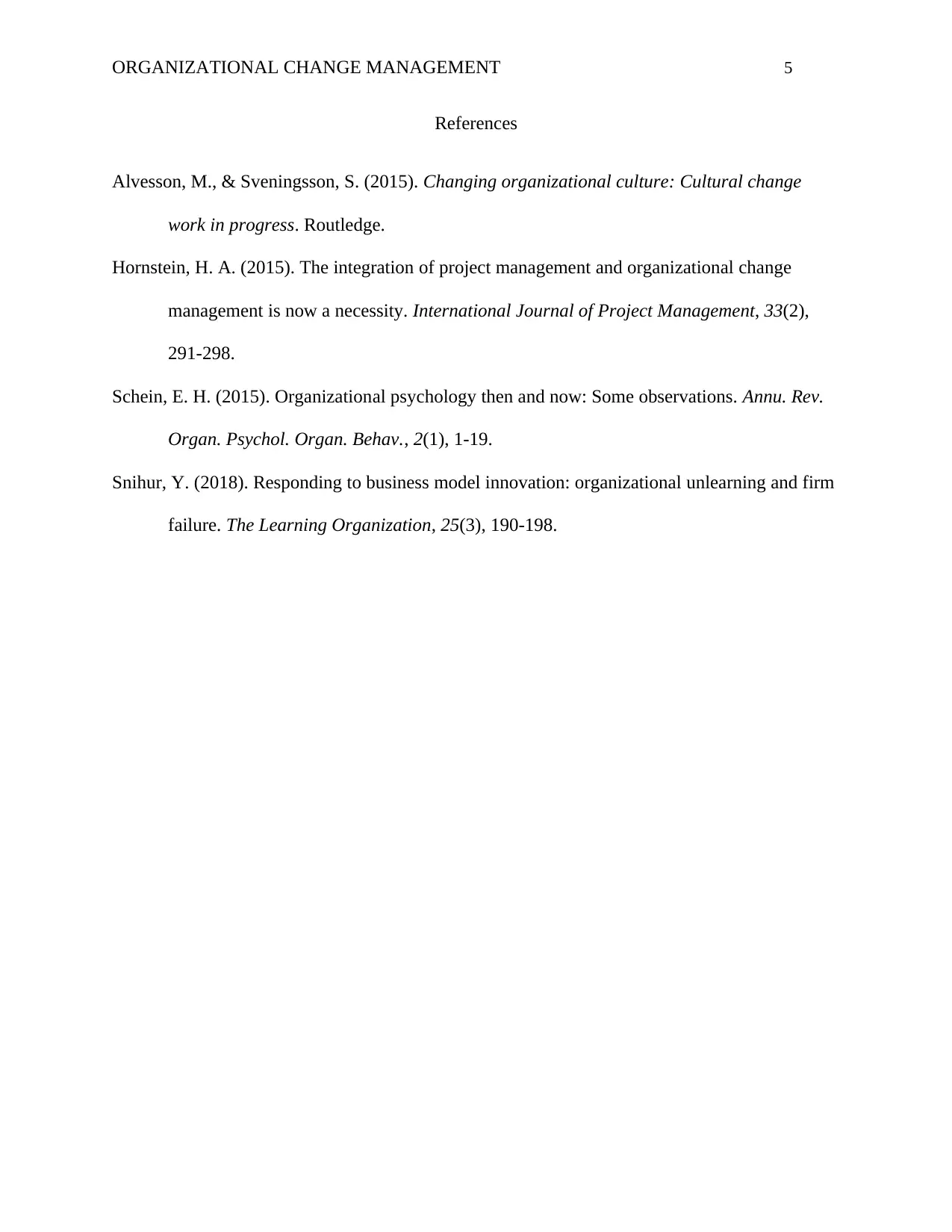






![[object Object]](/_next/static/media/star-bottom.7253800d.svg)